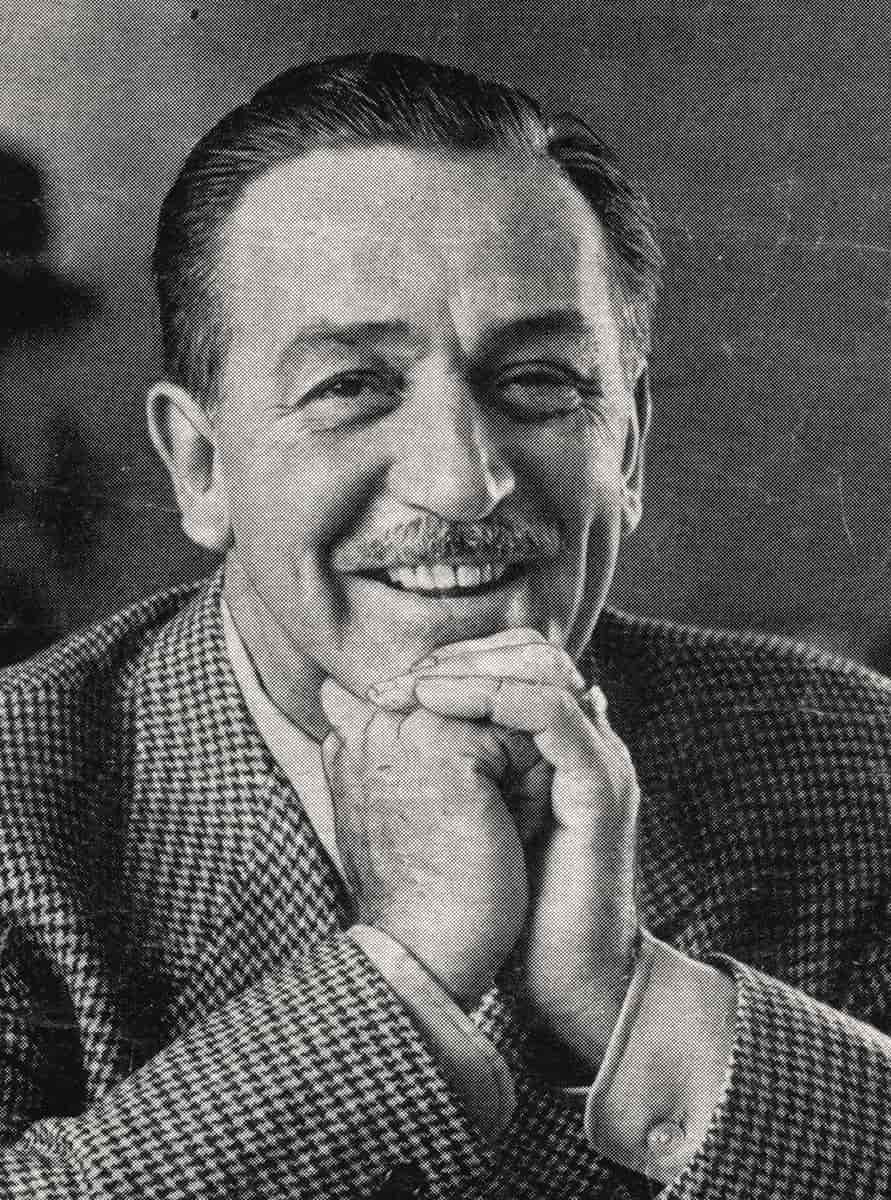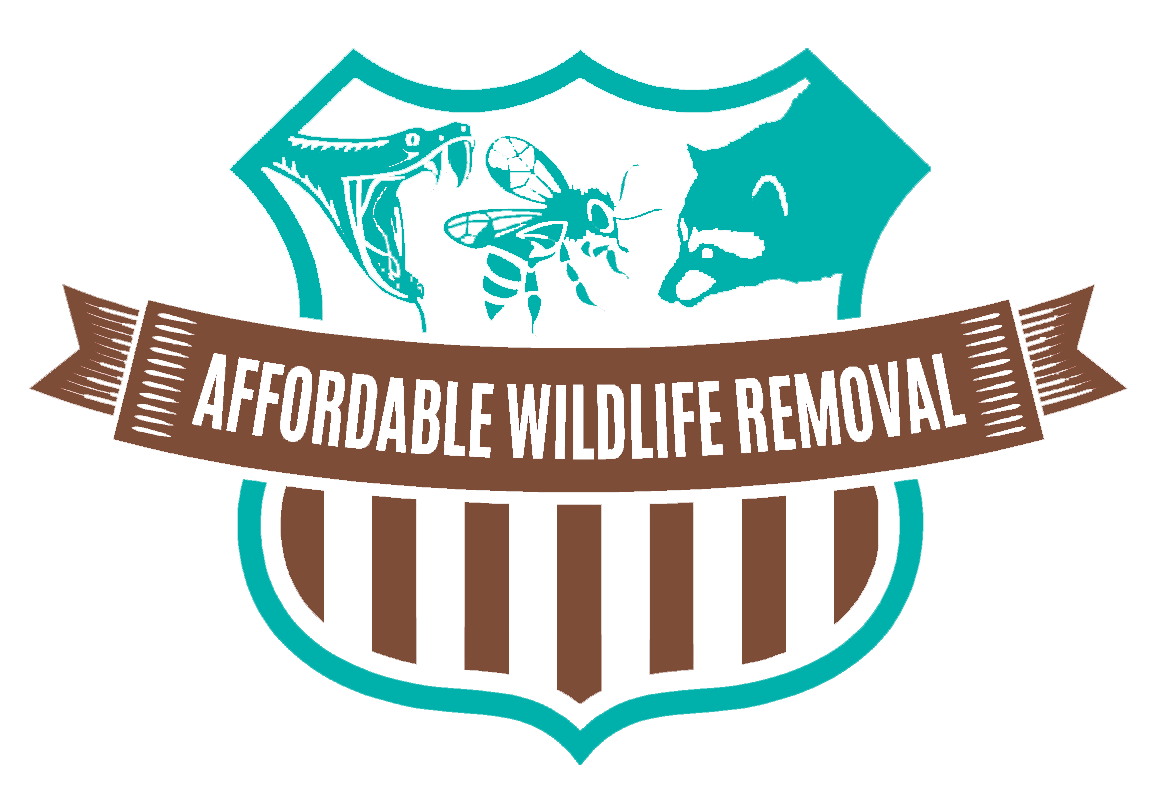Walt Disney

The creator of Mickey Mouse, the founder of Disneyland and Walt Disney World, was born on December 5, 1901, in Chicago, Illinois. Elias Disney, his father, was an Irish-Canadian. Flora Call Disney, his mother, was of German-American descent. One of five children, four boys and a girl, Walt was one. Raised on a farm near Marceline, Missouri, when he was only seven years old, Walt became interested in drawing early on, selling his first sketches to neighbors. Disney divided his attention between drawing and photography at McKinley High School in Chicago, contributing both to the school paper. He attended the Academy of Fine Arts in the evening.
Disney attempted to enlist for military service during the fall of 1918. Rejected because he was only 16, Walt joined the Red Cross and was sent abroad, where he spent a year driving an ambulance and driving officials from the Red Cross. From stem to stern, his ambulance was covered, not with stock camouflage, but with drawings and cartoons. Walt went back to Kansas City after the war, where he began his career as an advertising cartoonist. He created and marketed his first original animated cartoons here in 1920, and later perfected a new technique for combining live-action and animation.
With nothing but a few drawing materials, $40 in his pocket and a completed animated and live-action film, Walt Disney left Kansas City for Hollywood in August of 1923. Walt’s brother, Roy O. Disney, was in California already, with immense sympathy and encouragement, and $250. They borrowed an additional $500 and constructed a camera stand in their uncle’s garage by pooling their resources. They soon received an order for the first “Alice Comedy” short from New York, and the brothers started their production operation two blocks away at the rear of a Hollywood real estate office. On July 13, 1925, in Lewiston, Idaho, Walt married one of his first employees, Lillian Bounds. They were blessed with two daughters: Diane, married to Ron Miller, Walt Disney Productions’ former president and chief executive officer; and Sharon Disney Lund, formerly a member of the board of directors of Disney. The Millers had 7 children, and Mrs. Lund had three children. In 1993, Mrs. Lund passed away.
First Cartoons with Animation
Disney and Iwerks started a small studio of their own in 1922, unhappy with their progress, and acquired a second-hand movie camera with which they produced one and two-minute animated promotional films for distribution to local movie theatres. For a series of seven-minute fairy tales that combined both motion capture and animation, Alice in Cartoonland, they also did a series of animated cartoon sketches called Laugh-O-grams and the pilot film. The young producers were cheated by a New York film distributor, and Disney was forced to file for bankruptcy in 1923. He went to Australia to pursue a career as a filmmaker, but Disney and his brother Roy, a lifelong business partner, were forced to reopen shops in Hollywood by the surprise success of the first Alice film.
Disney resumed the Alice series with Roy as business manager, convincing Iwerks to join him and help with the sketch of the cartoons. They invented a character called Oswald the Lucky Rabbit, contracted $1,500 each for the distribution of the films, and launched their small business favourably. Disney and Iwerks experimented with a new character, a cheerful, energetic, and mischievous mouse called Mickey, in 1927, just before the transition to sound in motion pictures. Two shorts, called Plane Crazy and Gallopin ‘Gaucho, were planned to introduce Mickey Mouse when The Jazz Singer, a movie with popular singer Al Jolson, introduced the sound novelty to the movies. Disney quickly produced a third Mickey Mouse cartoon equipped with voices and music, entitled Steamboat Willie, and cast aside the other two soundless cartoon films, fully recognizing the sound possibilities in animated-cartoon films. Steamboat Willie was a sensation when it appeared in 1928.
With a picture entitled The Skeleton Dance, Disney launched a new series called Silly Symphonies the following year, in which a skeleton rises from the graveyard and performs a grotesque, clattering dance set to music based on classical themes. The film was original and briskly syncopated, ensuring popular acclaim for the series, but Disney’s operation was continuously at risk with costs mounting due to the more complicated drawing and technical work.
However, the growing popularity of Mickey Mouse and his wife, Minnie, attested to the taste of the public for the fantasy of little creatures with human beings’ speech, abilities, and personality traits. (Until 1947, Disney himself provided Mickey’s voice.) This popularity led to other animal characters, such as Donald Duck and the dogs Pluto and Goofy, being invented. In 1933, in the midst of the Great Depression, Disney produced a short, The Three Little Pigs, which took the country by storm. His treatment of the fairy tale of the little pig who works hard and builds his brick house against a threatening wolf’s huffing and puffing suited the need for strength in the face of an economic catastrophe, and his song “Who’s Afraid of the Big Bad Wolf?” It was a joyful taunt of adversity. In the early 1930s, it was in this period of economic difficult times that Disney fully endeared himself and his cartoons to audiences all over the world, and despite the Depression, his operation started making money.
By that time, Disney had assembled a staff of creative young people, headed by Iwerks. In the Academy Award-winning film Flowers and Trees of Silly Symphonies (1932), color was introduced, while other animal characters came and went in films such as The Grasshopper and the Ants (1934) and The Tortoise and the Hare (1935). With the cartoons of Mickey Mouse and Donald Duck, watches, dolls, shirts, and tops, Roy franchised tie-in sales and collected more wealth for the company.
